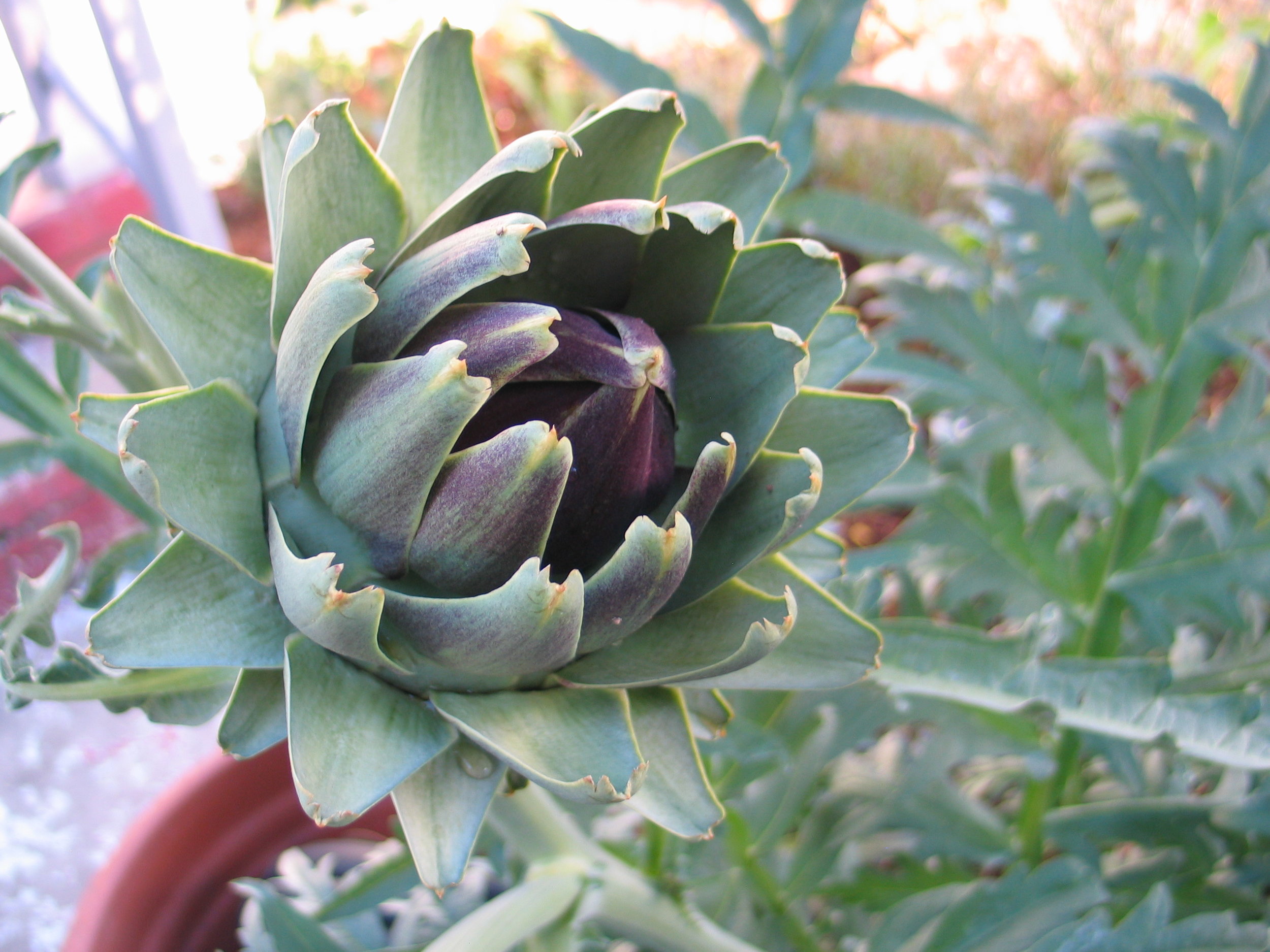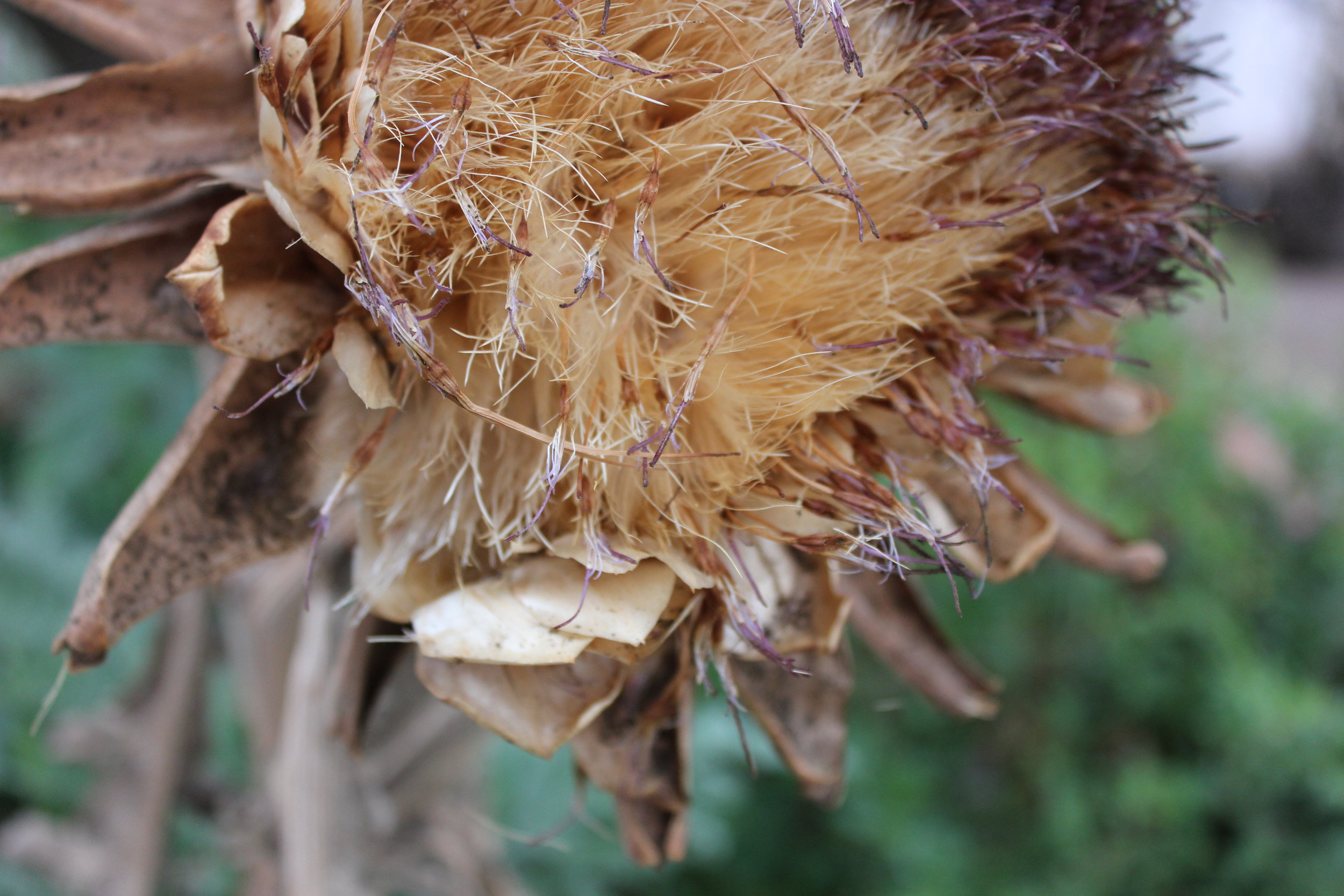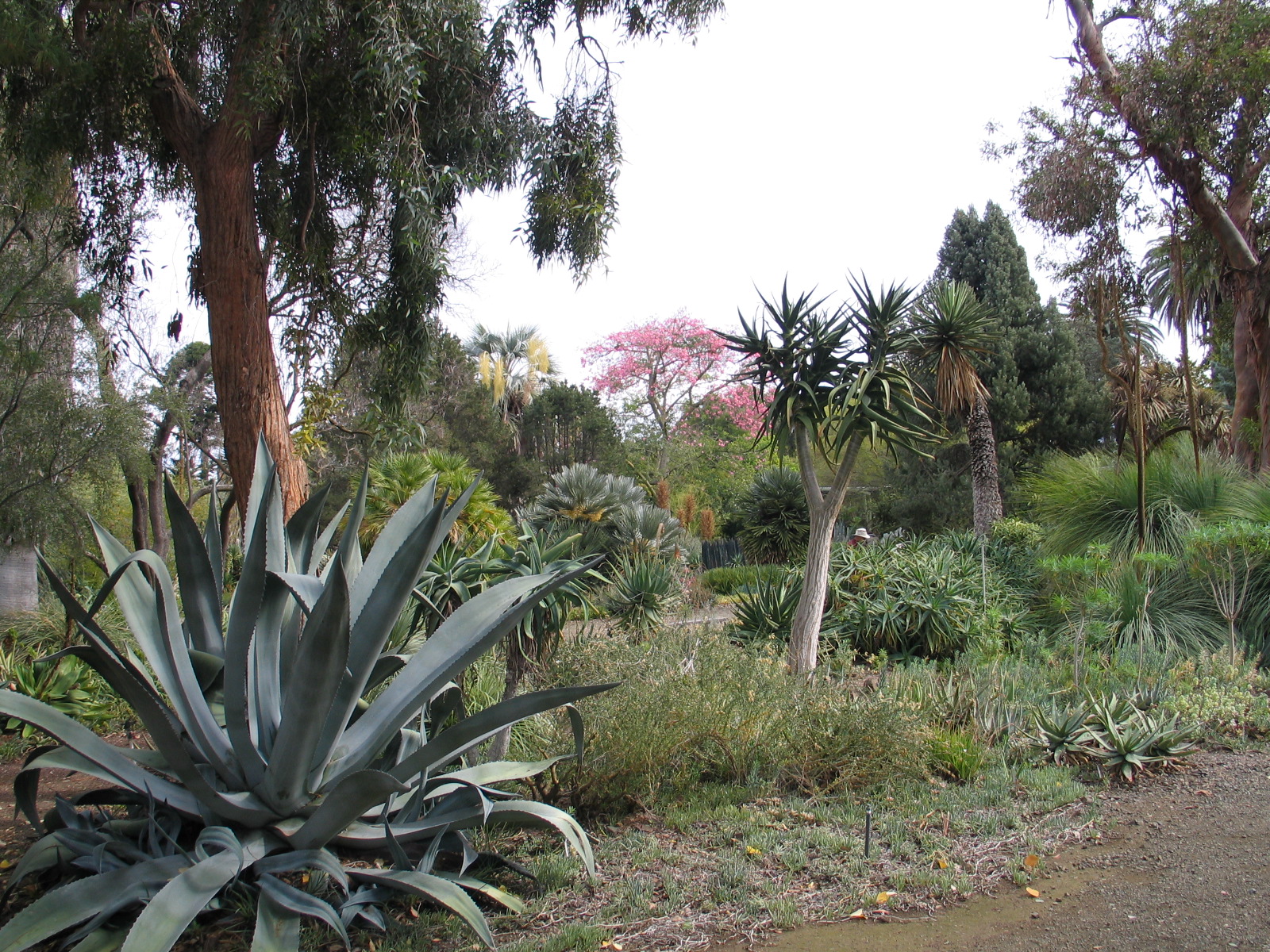A new client's project calls for seasonal plantings in two important pots sitting atop columns flanking the front walkway. I hope to be able to show you the changes we make to the planting palette in the rest of the garden, not sure when, but tonight I have seasonal plantings on the brain.I don't get asked for seasonal plantings very often, so I dove into all the bazillions of options - so many plants, so many cultivars of each! Do you know how many Violas there are? Heucheras? Ipomoea, Coleus, Petunia, and so forth!!? I wound up with 60 photos in short order and had to figure out how to organize it so the Owner (or I) wouldn't have a stroke from too many options. Below are 36 of the 60 I saved right off the bat, you can see how the editing process becomes king. Some are my own photos, some from various growers, many came from Proven Winners (credit where it is due!) which is a large commercial grower that supplies pretty much every nursery I know:There are many constraints in narrowing this down: changes pending in the rest of the garden, soil volume in the planters, and the intention of swapping the plants out seasonally. Additionally, whatever we plant has to look good when it is new, add color coordinated with a TBD planting palette, and be showier than the succulents they have now which blend-in too much with their surroundings. The most limiting of these is the soil volume - not much soil volume = not big plants and not very many. I know, we've all seen photos of amazing stuff in teensy pots, but this is usually the result of growers' careful (read: fertilized like crazy under perfect greenhouse conditions) management and not what we might expect at home.I assume you're familiar with the "recipe" for container plantings? Some say you need "spillers", "fillers", and "thrillers". That's great if you have room for all that diversity and you want mixed plantings. I am not so sure these planters will look so good with too many different things; the soil is only 13" across and 9" deep. They're beautiful planters, just not very big.I came up with a strategy - after I saved all those photos. My strategy with most planting palettes is to gather in lists and photos everything I think will work and then edit until only a few favorites remain. I often print photos of everything and arrange them all over my desk, developing groupings of favorites and rejects, moving photos between these groups often until I've covered all the bases - seasonal interest, form, leaf color and texture, etc. Further edits seek to eliminate anything that clutters the vision, and viola! ... until I show it to my Client ...So tonight, to stave-off the aforementioned stroke, I limited the plants to 3 options: two plant combos, one plant that will fill-in, and bulbs planted under something else. I further limited the options to annuals (except the bulbs) and to color groupings I named "Chartreuse Juice" (a small sample of the options above) and "Lavender Carmel" (a small sample of the options below). They seemed to separate themselves out naturally and fit in with the two plant palette options I am proposing for the rest of the garden.Given that the planters are only big enough for one or two kinds of plants at a time, that will be the next step with the Client - what looks good together? What can stand on its own? I still have waaay too many options, but I know my favorite combinations, and the outliers will be held back so we both don't need ambulances by the end of our meeting.(and yes, I had entirely too much fun with Big Huge Labs making these mosaics)
Artichokes' Awkward Phase (so what?!)
Artichoke plants can be real stunners. Their soft, enormous, sculptural bluish foliage is a real treat in a garden, especially in contrast with more subdued looking plants. These big dudes can make a real statement. One of my practices as a professional (which sounds better than 'I can't go to a nursery without buying something') is test growing plants and watching what happens over time. This summer I trialed Zinnias, Artichokes, several ferns, Marigolds, Scabiosa, Cosmos, Calendula, several roses, Gardenias, Heucheras, a few grasses, Daphne, a handful of Penstemons, a Magnolia, an Albizia, Sweet peas, and Lupines among others (this list is the survivors).The Artichokes, though, held a lesson. Googling Artichokes didn't tell me much about them. I found oodles of photos of the flower buds (the bit we eat) and foliage, tons of recipes and so forth... I found websites about how to grow them, where to get them, I even watched a video about growing them, but in my searches and plodding through books, I did not find anything about their life cycle. The best information I found was in Golden Gate Gardening, which talks about how to grow them in decent detail, tells you what to do, but does not give a complete picture of what the plant is doing while you're busy taking care of it.So, darling readers - here are my chokes from their glorious youth through that first awkward phase:May 7th: Here they are a few weeks after I put them in the ground - I bought three 4" pots of them and also three clearance rack 2" pots of dying plants. All of them grew so FAST! There really isn't much point in spending a lot on an artichoke plant, the little sad ones will do just fine if you get them in the ground where they really want to be. Sorry, I did not record when I planted them nor did I take photos of the sad little dudes.July 8th: Two months later, I've got several flower buds starting (above).July 28th: I let a few flowers open just to follow what they do. Out of the six plants I grew, despite being in partial shade, I had more artichokes than I could possibly eat.Aug 1st: I had taken the chokes off one of the plants (delicious) and it repaid me by doing this. It is a sad looking stemmy misshapen thing. Welcome to the Awkward Phase. I know they're perennial, some say they're semi-perennial, living only 5-6 years, others claim they can live much longer. I don't give a rat's patoot when getting a replacement plant can cost less than buying an artichoke for dinner and they grow so well.September 25th: The stems and leaves continued to fade and look like total crapola (read: turn brown and sticky) until about mid-september when the next growing season's leaves began popping up at the base of the plant. I left the flower on to watch it go to seed, and seed it did! I was tracking these big globs of brown fluffy seeds into the house and they were blowing around the yard. Rather than let artichoke babies take over, I took this opportunity to finally break the old stems off most of the plants at their bases and chuck them in the green waste bin, I left one alone to do its thing for another two weeks, when I bought a new camera.... .... and in Mid-October, my new camera helped me get a better photo of the fluffy seeds on one plant and new foliage on another.So what is my point? Artichokes are cool. What is even cooler is how dynamic they are. Many people don't have the patience to let a plant do awkward unsightly things in their garden, and that's okay - but you can't really understand your plants unless you understand their lives. Books don't do enough, web-searches will give you tons of beautiful photos, but nothing compares to growing something and being observant.Thank you!!
Italian Garden in the fall
I was just sent two new photos of my project in Italy (mentioned before HERE) now that it is fall. The garden looks fantastic, which is a real testament to the Owners taking such wonderful care of it! That is such an important aspect of any garden's success, and I'm delighted to share these images with you:
Filoli Before Spring
Notice how even in lousy light and with the deciduous woody plants being void of leaves, this garden is photogenic? That it's simple (especially at this time of year, before the flower riot is in full swing) the plantings are stunning, and how the structure of this garden - the layers and mass of its "bones" - support the flower beds. When looking at the images, did you feel like it was not colorful enough? I didn't.
Read moreRuth Bancroft Garden
Ruth Bancroft Garden shade structure and Palo Verde tree
flowering blue palm
Ruth Bancroft Garden Oct 09
Bench at Ruth Bancroft Garden
I finally went. I've been meaning to go to the Ruth Bancroft Garden for years, and I am so glad I finally went today. Nice and overcast, not hot out, quiet with few visitors. They're closing soon for most of the winter, so this was a last chance day. I enjoyed the garden, but I was surprised both at how big it is and also how small given the reputation. Getting there is easy, figuring out what to do next was confusing. I passed the whole thing the first time, having missed the entrance....then we drove around the back to park in (apparently) someone's driveway?Anyway - the whole experience was fun, the garden could do with some work, more seating, and a proper gift shop. Today was one of those instances when I badly wish I could win the lottery and make it all better. Even though it is scrappy in many areas, it was also easy to find a flattering angle for pictures - something I attribute to the layout being very relaxed and organic, no edging or excessive ornament, and the plants being a well layered mix of nice big mature specimens with smaller plants. There were lots of plant labels but no labels on plants I wanted to identify / verify.All in all, worth the ten bucks to support a local treasure.....even if it did mix all kinds of weird stuff in with natives with little explanation of what we were looking at and there was only one bench in the whole place. I'd not call it a botanical garden, but I had a really nice half day out.
Mixed lawns - alternatives to turfgrass
Lawn daisies
Even if you don't go to the expense and trouble of removing an existing lawn regardless of its condition, simply overseeding with white clover can start a remarkable transformation. Adding clover to your turfgrass lawn can begins the transformation of adding little flowers, benefits from nitrogen fixing, and gaining a more textured, greener appearance.
Read moreObsess much?
mosaic green irises
Two of my favorite things below: silver/gray foliage and green flowering bearded irises. See, I told you it was esoteric.
Read moreGreen - the color, not the movement.
green foliage variety 1
I once said to a client that their plant materials would have foliage in different shades of green. The husband looked at me like I was from mars, he thought that green was green. Sometimes, it isn't. Oh, and by the way - that big gorgeous bearded Iris in the blog header is green, too. It's a lovely chartreuse in real life.


























